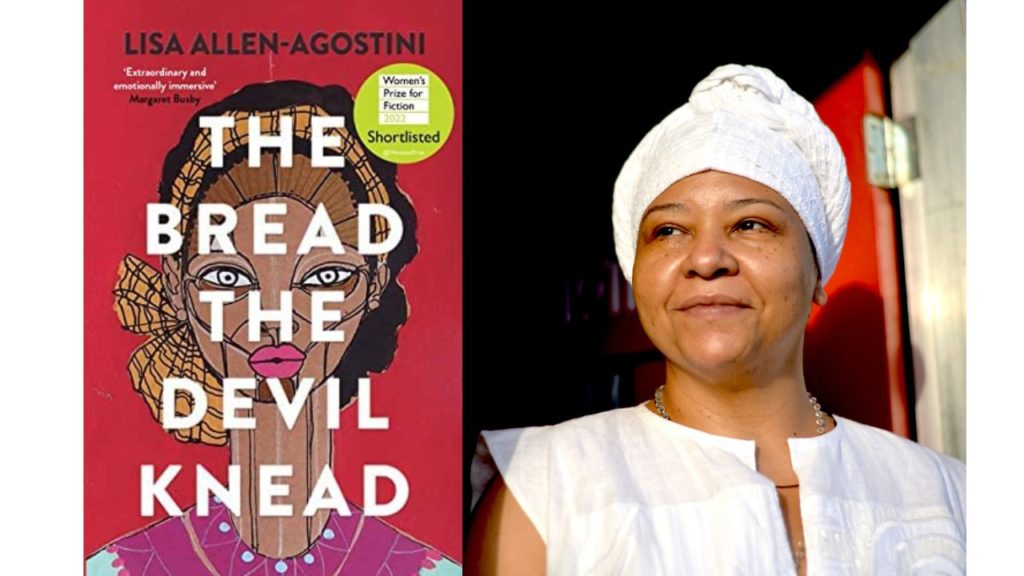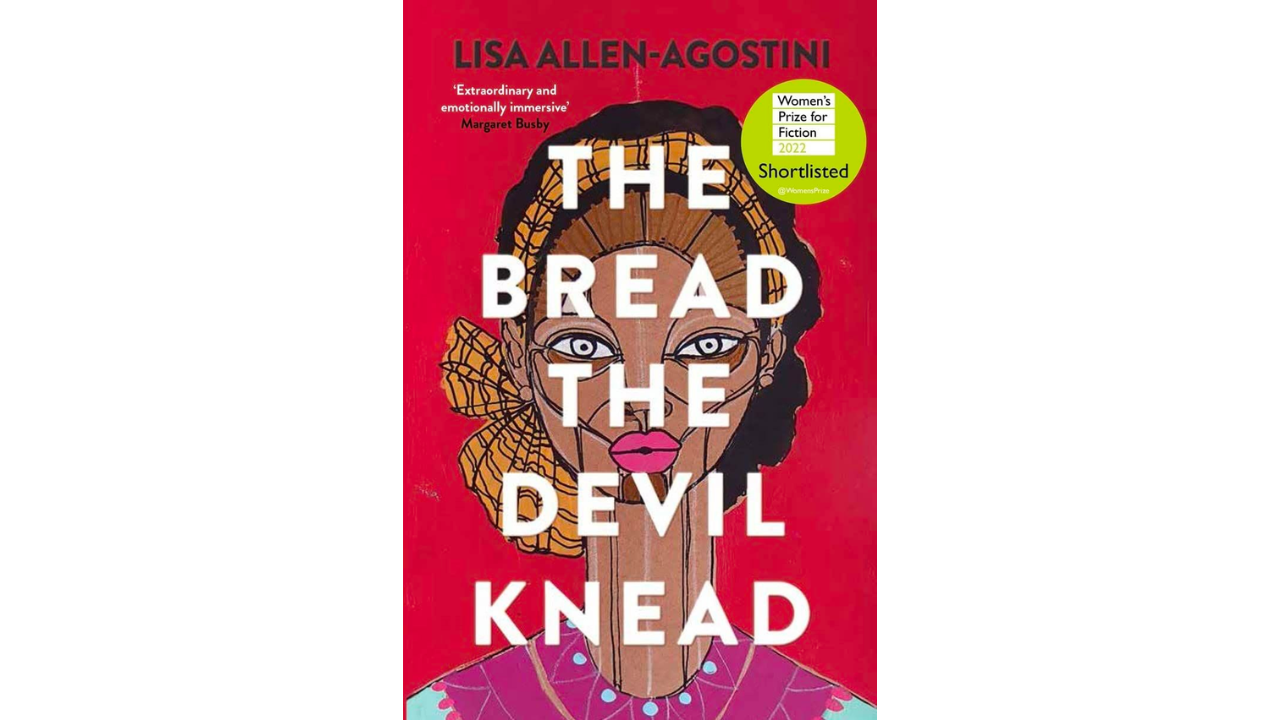“It taught me patience and trust; that I should believe in my work and even if publishers don’t get it, readers will.”

We were delighted to chat to Lisa Allen-Agostini, author of The Bread the Devil Knead, which is an immersive and unforgettable read that made the shortlist for the Women’s Prize 2022.
Told in lyrical Trinidadian voice, the story introduces us to our strong and resolute heroine, Alethea Lopez. Turning 40, she is hiding bruises from an abusive relationship, and finding solace in an affair with her boss and in her love of books. A series of events begin the unravelling of Alethea’s childhood memories, and as long-repressed family secrets come to light, she faces daunting decisions about her future.
Allen-Agostini is a writer, editor and stand-up comedian from Trinidad and Tobago. She has previously published two YA novels and a collection of poetry; The Bread the Devil Knead is her debut adult novel.
Read Lisa’s answers below for some fascinating insights into this book.
1. Can you tell us about how/when the seed of your story was formed?
In 2008 I had the opportunity to do an online workshop with the Caribbean writer Wayne Brown, and chose to write this for the workshop instead of using existing work. I had the idea to write a story that showed the roots of GBV [Gender-based violence] in a character’s life, over time and over her family history. The day I sat down to write, Alethea and Colin, the two main characters, came.
2. Which passage is deeply imprinted in your memory, and why?
The passage that’s imprinted in my memory is one at the book’s climax, in which Alethea goes to a party and experiences the totally immersive experience of being in a crowd at a soca fete. It’s my favourite passage in the book and I often use it for readings.
I start to look around at the crowd. It had all kind of people. Young, old, dress up, dress down, man, woman and child – well, not exactly children, but it had some teenagers in there for sure. Most of them was standing up facing in the direction of the stage, drinking and chatting with one another, but some of them was drunk already, sitting down on the grass with their head between their knee.
Plenty people was dancing. It had a girl just next to we, facing a man, with one ankle up on he shoulder and jooking she nanny against he pants zipper. She was wearing a thongs; you could see she liver and all from that angle … I feel like a old granny, forty years and in my first and only soca fete, doing a polite social wine, barely twitching my waist from side to side.
Excerpt from The Bread the Devil Knead
3. Was there a part of the story that was particularly challenging to write? Why?
I think anyone who’s read the book can guess which was the hardest part to write. It’s the scene in which the protagonist experiences sexual abuse for the first time. It’s very painful for her and the writing is unsparing. I’ve been told it’s harrowing to read and I agree; trust that it felt the same way to write it because seeing a child being hurt and having no ability to protect her from it, or to shield her from the terrible consequences you know will come, that’s agonising.
4. Is there a theme that you keep coming back to in your work, and why?
I tend to write about trauma, abuse, racism, poverty and oppression. Cheery stuff. Most of my stories are about Caribbean women of colour. Not that those things only happen to women of colour, or only Caribbean women! But those stories are elided in the narrative of the “exotic” Caribbean. As a black Caribbean feminist I think it important to tell our stories and our truths. We matter and our stories matter.
5. What aspect of the story required the most research, and what was your approach?
I’m a compulsive researcher and look up everything, all the time, whether or not I’m writing. While writing this story I wanted to make it as realistic as possible and therefore researched fashion trends of the time in which it was set. I looked up the cut of clothes, popular colours and fabrics, and trending brands—even the most popular fragrances of the moment. There’s quite a lot of fashion in the book, so I was online on magazine, newspaper and fabric store sites for a considerable amount of time during the writing.
6. What lesson do you take forward from this particular writing experience?
This book took several years to write, and then sat on the shelf for years after that before it was accepted for publication. As I say in the acknowledgements, my early readers loved the manuscript even though it was rejected by publishers. It taught me patience and trust; that I should believe in my work and even if publishers don’t get it, readers will.
7. Looking back now, why do you think you wrote this book?
I’ve always said that my writing comes through me but not from me. I hone my skills as a writer but ultimately the stories I tell are sent from someone or somewhere else. This is God’s book; he used me to tell a story of a woman who was delivered from a terrible life. Many readers have written to tell me that this is their mother’s story, or their friend’s, or their own, and that they are glad they read it. Nobody rescues Alethea; she’s delivered, and she is able to put her past behind her. I believe that God sent this book to let women in her position know that they are not alone, that God sees their pain and can deliver them from these relationships.

View comments
+ Leave a comment